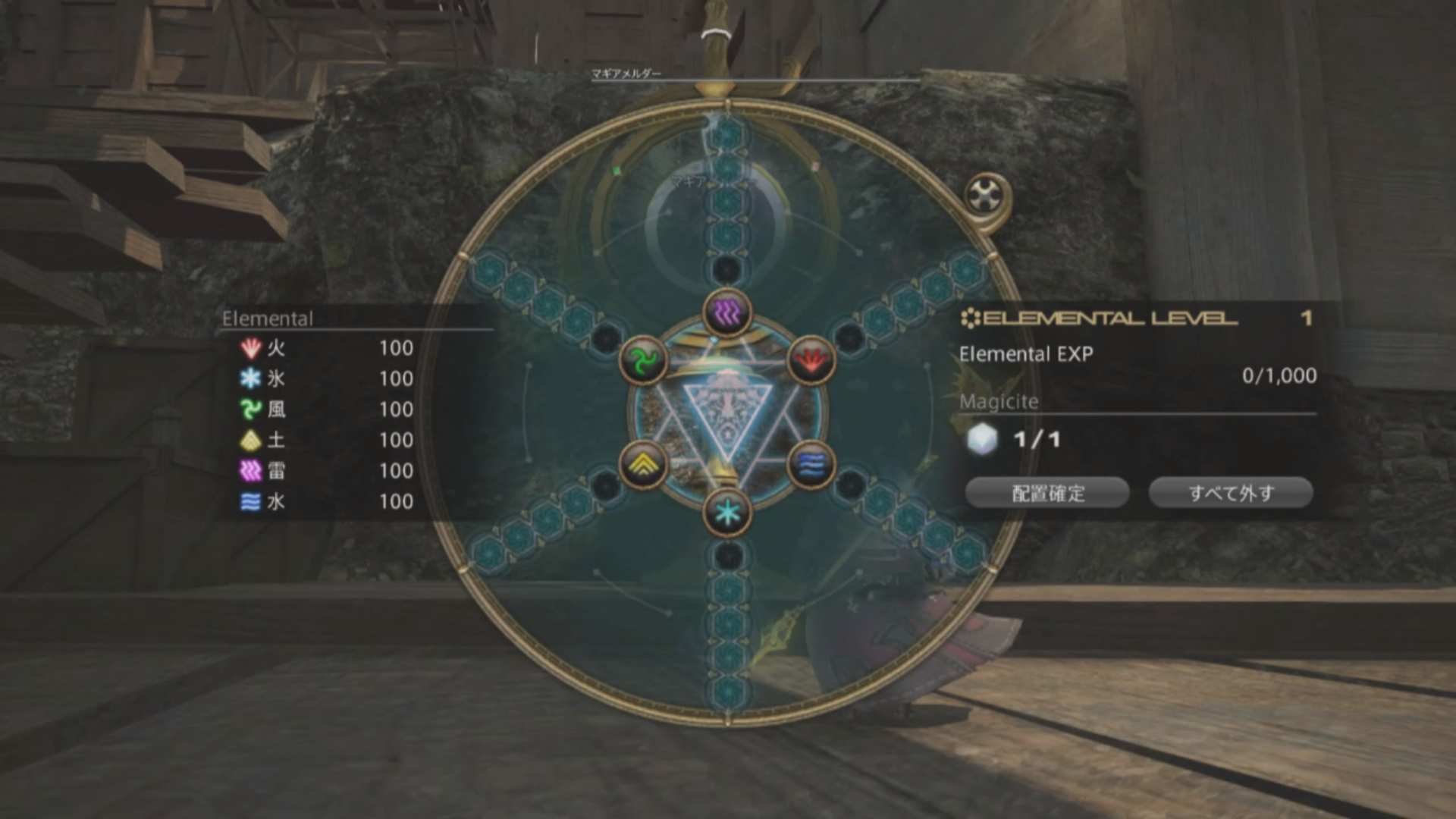

- The keeper of 4 elements level 14 hard software#
- The keeper of 4 elements level 14 hard plus#
- The keeper of 4 elements level 14 hard series#
The 1982 Sokoban ( NEC PC-8801) game featured levels with destructible walls. Examples include holes, teleports, moving blocks and one-way passages.
Additional game elements: Push Crate, Sokonex, Xsok, Cyberbox and Block-o-Mania all add new elements to the basic puzzle. In a variant called Beanstalk, the elements of the level must be pushed onto a target square in a fixed sequence. In CyberBox, each level has a designated exit square, and the goal is to reach that exit. In Interlock and Sokolor, the boxes also have different colours, but the goal is to move them so that similarly coloured boxes are adjacent. The keeper of 4 elements level 14 hard plus#
Sokomind Plus implements a similar idea, with boxes and target squares uniquely numbered. For example, in Block-o-Mania the boxes have different colours, and the goal is to push them onto squares with matching colours. Alternative goals: Several variants adjust the requirements for completing a level.Multiple pushers: In the variants Multiban and Interlock, the player can control multiple characters.

Hexoban uses regular hexagons, and Trioban uses equilateral triangles. Several variants apply the rules of Sokoban to mazes laid out on other tilings.
Alternative tilings: In the standard game, the mazes are laid out on a square grid. Several puzzles can be considered variants of the original Sokoban game in the sense that they all make use of a controllable character pushing boxes around in a maze. However, the more complex Sokoban levels are out of reach even for the best automated solvers. Festival was the first automatic solver to solve all 90 levels in the standard benchmark test suite. This is the method used by Rolling Stone, a Sokoban solver developed by the University of Alberta GAMES Group. Some Sokoban puzzles can be solved automatically by using a single-agent search algorithm, such as IDA* enhanced by several techniques that make use of domain-specific knowledge. Skilled human players rely mostly on heuristics and are usually able to quickly discard a great many futile or redundant lines of play by recognizing patterns and subgoals, thereby drastically reducing the search effort. Some level types can even be extended indefinitely, with each iteration requiring an exponentially growing number of moves and pushes. Sokoban is difficult not only because of its large branching factor, but also because of its large search tree depth. This is of interest for artificial intelligence (AI) research because solving Sokoban can be compared to the automated planning required by some autonomous robots. Further work showed that it was significantly more difficult than NP problems it is PSPACE-complete. The problem of solving Sokoban puzzles was first proved to be NP-hard. Sokoban can be studied using the theory of computational complexity. Different versions also exist for video game consoles, mobile phones, graphic calculators, digital cameras and electronic organizers. Implementations of Sokoban have been written for numerous computer platforms, including almost all home computer and personal computer systems. Sokoban was a hit in Japan, and had sold over 400,000 units in that country by the time Spectrum HoloByte imported it to the United States. The keeper of 4 elements level 14 hard series#
In 1988 Sokoban was published in US by Spectrum HoloByte for the Commodore 64, IBM-PC, Unix, Commodore Amiga and Apple II series as Soko-Ban.
The keeper of 4 elements level 14 hard software#
The first commercial game was published in December 1982 by Thinking Rabbit, a software house based in Takarazuka, Japan. Sokoban was created in 1981 by Hiroyuki Imabayashi. The puzzle is solved when all boxes are placed at storage locations. The number of boxes equals the number of storage locations.

Boxes cannot be pulled, and they cannot be pushed to squares with walls or other boxes. The player can move a box by walking up to it and push it to the square beyond. The player is confined to the board and may move horizontally or vertically onto empty squares (never through walls or boxes). Some floor squares contain boxes, and some floor squares are marked as storage locations.

The game is played on a board of squares, where each square is a floor or a wall.








 0 kommentar(er)
0 kommentar(er)
